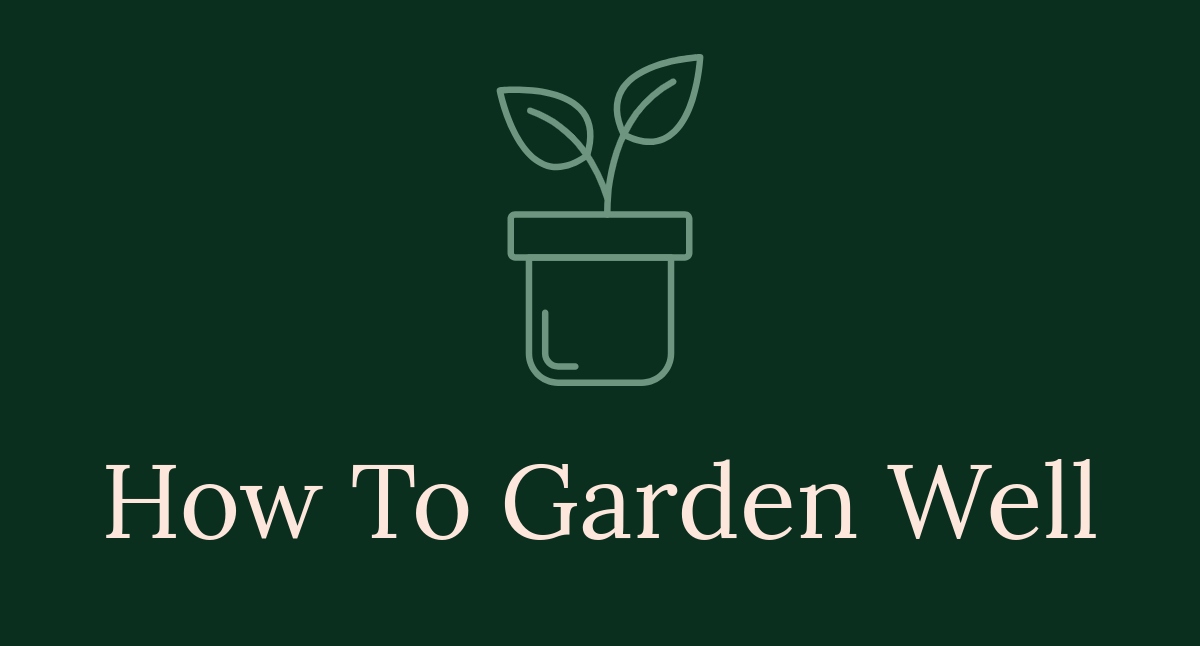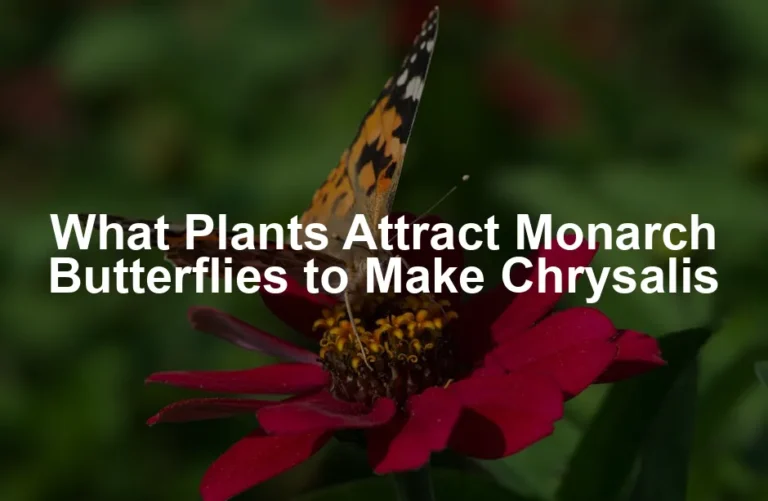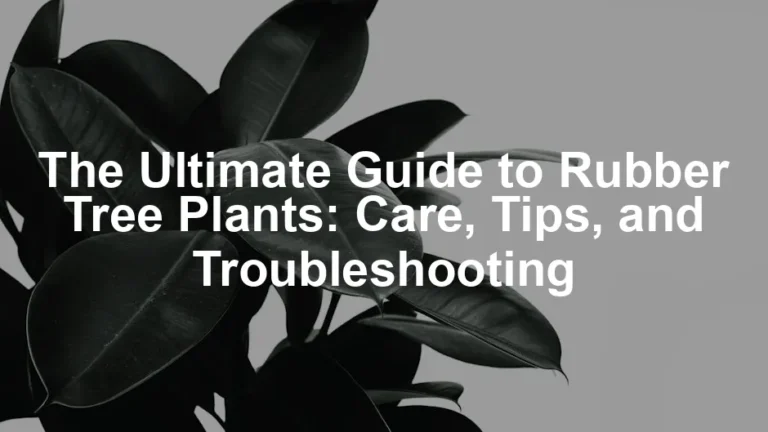

Best Low-Maintenance Perennials for Busy Gardeners
Introduction
Busy gardeners face many challenges. Between work, family, and social obligations, dedicating hours to garden upkeep can feel impossible. But fear not! Low-maintenance perennials come to the rescue, offering vibrant blooms and captivating textures with minimal effort. These hardy plants return year after year, allowing you to enjoy a flourishing garden without constant care.
Imagine stepping outside to a garden bursting with color, all without spending your weekends sweating over weeds and deadheading. Low-maintenance perennials provide just that! They’re perfect for busy lifestyles and can attract a variety of pollinators, such as bees and butterflies, enhancing the ecosystem in your backyard. So, why not embrace these garden superheroes and make your outdoor space a source of joy and relaxation?

Why Choose Low-Maintenance Perennials?
Low-maintenance perennials offer significant advantages over annuals. For starters, they are a long-term investment. While annuals require replanting each year, perennials come back to life season after season. This saves both time and money, letting you invest in your garden without breaking the bank.
Additionally, low-maintenance perennials generally require fewer resources. Once established, they need less frequent watering, making them perfect for busy folks who may forget to tend to their plants regularly. Moreover, many of these species are resilient against pests and diseases, reducing the need for constant monitoring and intervention.
Ecologically speaking, low-maintenance perennials are champions! They support local wildlife by providing habitat and food for pollinators, which is crucial for a healthy ecosystem. Plus, they often thrive in poor soil conditions and require less water, so you can conserve resources while still enjoying a stunning garden. Consider incorporating Black-Eyed Susan Seeds to further enhance your garden’s ecosystem.
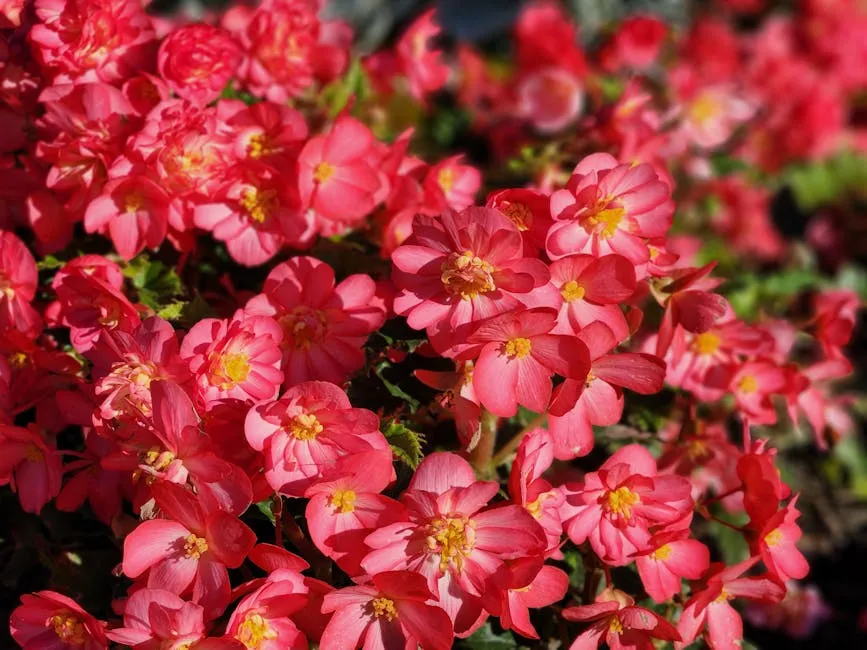
Key Characteristics of Low-Maintenance Perennials
Several traits define low-maintenance perennials. First, they show remarkable resilience to pests and diseases, which means less time worrying about plant health. Second, their adaptability to various soil types allows gardeners to succeed even in less-than-ideal conditions. Lastly, many of these plants are drought-resistant, requiring little water once established. This trifecta of benefits makes low-maintenance perennials the ideal choice for busy gardeners looking to enjoy a beautiful outdoor space without the stress of constant care.

Best Low-Maintenance Perennials
Low-Maintenance Perennials for Sun
1. Black-Eyed Susan (Rudbeckia spp.)
Black-eyed Susans are the cheerful sunflowers of the perennial world! These golden beauties grow best in full sun, thriving in well-drained soil, and even in less-than-perfect conditions. With heights ranging from 1 to 3 feet, they create a stunning display in late summer and early fall. The bright yellow petals surrounding a dark center attract a host of pollinators, making your garden the local bee and butterfly hotspot.
Care? Oh, it’s a piece of cake! Once established, these flowers require minimal watering. Just a little deadheading here and there encourages a longer blooming season. Plus, they’re drought-tolerant, so they can handle those hot, dry spells without breaking a sweat. And if you want to spread the joy, they self-seed beautifully, ensuring vibrant blooms year after year. So, let’s give a round of applause to these little garden rockstars!

2. Coneflower (Echinacea spp.)
Meet the coneflower, your garden’s vibrant superstar! Known for their daisy-like appearances, coneflowers bloom from midsummer to fall, painting your landscape in shades of pink, purple, and white. They thrive in full sun and well-drained soil, making them a breeze to grow. If you’re looking to add some flair to your garden, consider grabbing some Echinacea Seeds for easy planting!
Coneflowers are not just pretty faces; they’re also drought-tolerant once established, which means less watering for you! They attract bees, butterflies, and even birds, who love to munch on their seed heads in the winter. Give them a little deadheading now and then, and these resilient perennials will continue to reward you with color throughout the season. With their low care requirements and high appeal, coneflowers are a must-have in any busy gardener’s toolkit!
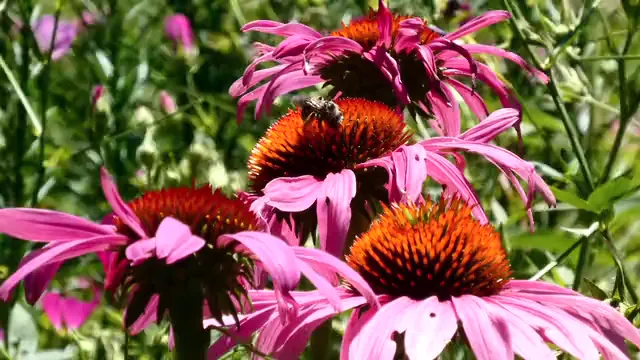
3. Sedum (Sedum spp.)
Sedum, also known as stonecrop, is the ultimate low-maintenance perennial! These succulent wonders come in a variety of shapes and sizes, from ground cover options to tall varieties. They flourish in sunny spots and thrive in poor, dry soils—perfect for those of us who occasionally forget to water. To get the best out of your garden, consider adding some Sedum Plants to your collection!
With minimal watering needs, sedums are incredibly drought-resistant. Their star-shaped flowers bloom in late summer to fall, adding a pop of color when many other plants are winding down. Plus, they’re deer-resistant! Whether you use them as a stunning ground cover or as dramatic vertical accents, sedums are versatile and easy to care for. In short, they’re the perfect option for busy gardeners looking to add some flair without the fuss.
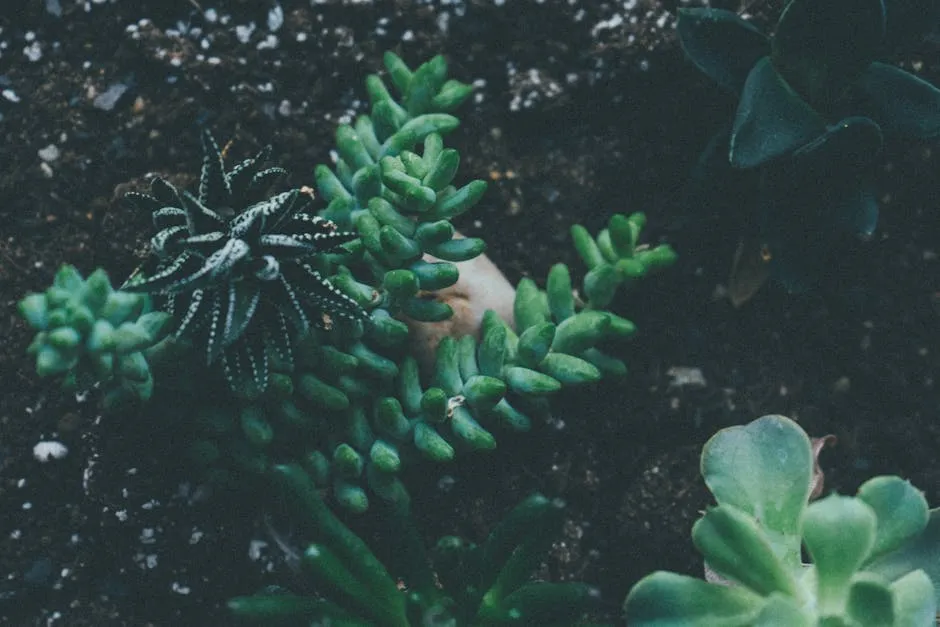
4. Daylily (Hemerocallis spp.)
Daylilies are the versatile chameleons of the garden! Available in a dazzling array of colors, these hardy perennials adapt to nearly any condition. They can reach heights of 1 to 6 feet and typically bloom from late spring through fall. Talk about a show-stopper!
They thrive in full sun but can tolerate partial shade, making them a fantastic choice for various garden spots. Once planted, daylilies require little attention, making them ideal for those with packed schedules. They are drought-tolerant and resistant to pests and diseases, which means they can handle the occasional neglect. Plus, did we mention that these beauties multiply? A little division every few years gives you even more blooms to enjoy! If you want to make your daylilies even happier, check out some Daylily Bulbs to plant!

5. Lavender (Lavandula spp.)
Lavender is the aromatic superstar every garden needs! Known for its calming fragrance, this Mediterranean native thrives in full sun and well-drained soil. Once established, lavender is drought-resistant and requires minimal watering, making it perfect for those busy days when you might forget to tend to your plants.
Besides its lovely scent, lavender attracts pollinators like bees and butterflies, enhancing your garden’s ecosystem. The purple spikes of flowers bloom from late spring to early fall, adding a lovely splash of color. Plus, lavender is highly resistant to pests, so you can enjoy the beauty without worrying about bugs. Whether you use it for culinary delights, sachets, or simply to enjoy in your garden, lavender is a low-maintenance gem that brings beauty and fragrance to any outdoor space. Don’t forget to grab some Lavender Plants to enhance your garden!
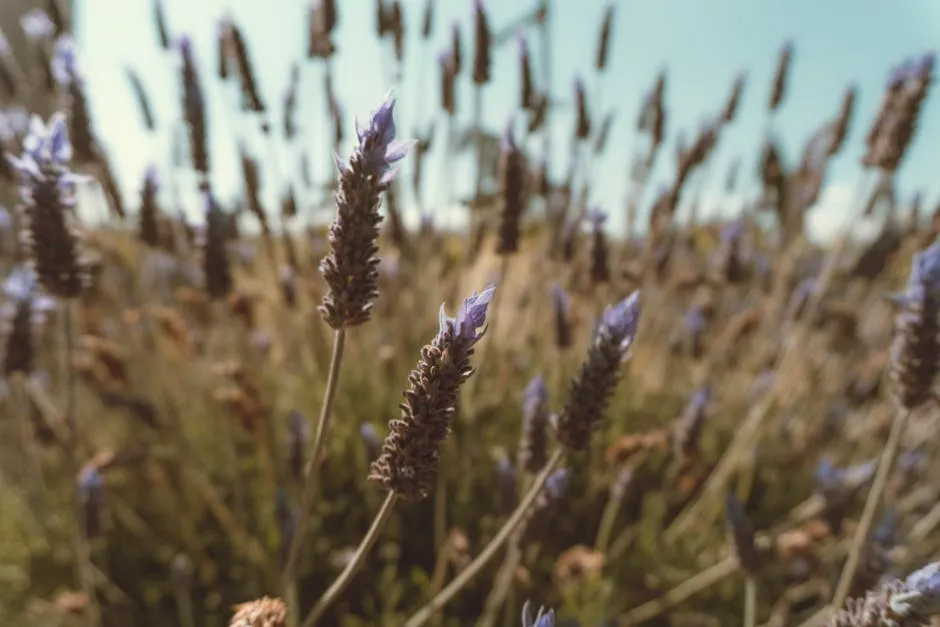
These low-maintenance perennials not only brighten your garden but also allow you to enjoy the beauty of nature without the constant upkeep. Whether you’re a seasoned gardener or just starting out, these plants will thrive with minimal effort while providing you with endless blooms and joy!
Low-Maintenance Perennials for Shade
1. Hosta (Hosta spp.)
Hostas are the rock stars of shady gardens! With their lush, broad leaves, they add dramatic foliage that thrives in low-light conditions. Available in a stunning variety of colors—from deep greens to vibrant blues and creamy whites—hostas can transform any dull corner into a lively landscape. If you’re looking to plant some, try Hosta Plants to make your garden shine!
Caring for hostas is a breeze! They prefer moist, well-drained soil and need minimal watering once established. Just be mindful of slugs; these critters love to munch on hosta leaves. A sprinkle of diatomaceous earth can do wonders to keep them at bay. Plus, hostas can tolerate some sun, making them incredibly versatile. With their ability to return year after year, hostas are perfect for busy gardeners who want beauty without the hassle.

2. Ferns (Various species)
Ferns are the ultimate low-maintenance plants for shaded areas! With delicate fronds that dance in the breeze, they add an elegant touch to any garden. Popular types like the Boston fern and maidenhair fern thrive in shady spots and adapt beautifully to various soil types.
These lush plants grow quickly, filling in empty spaces and providing a vibrant green backdrop. Ferns generally prefer consistently moist soil but are surprisingly drought-tolerant once established. They require little more than a yearly trim to remove old fronds. For busy gardeners, ferns are a no-fuss option that delivers a stunning, carefree aesthetic. You can also consider adding some Fern Plants to your garden for even more variety!

3. Astilbe (Astilbe spp.)
Astilbe brings a burst of color to shady areas with its feathery flower spikes! These beauties bloom in shades of pink, red, white, and purple, creating a stunning display throughout the summer. The delicate, fern-like foliage adds texture even when flowers aren’t in bloom.
While astilbe prefers consistently moist soil, it’s generally low-maintenance once established. A little deadheading encourages more blooms, but it’s not mandatory. These plants attract pollinators, making them a delightful addition to any garden. If you want to add a splash of color with minimal effort, astilbe is a fantastic choice! Don’t forget to check out some Astilbe Seeds for planting!

4. Bleeding Heart (Dicentra spp.)
Bleeding hearts are known for their unique, heart-shaped blooms that dangle from arching stems. These charming plants are perfect for spring gardens, showcasing pink or white flowers that create a romantic atmosphere in any shady spot.
Bleeding hearts thrive in rich, well-drained soil and require minimal care apart from seasonal cutbacks. After blooming, simply trim back the foliage when it starts to yellow. They may go dormant in the summer, but their stunning spring display is worth the wait! For gardeners seeking a touch of whimsy with little effort, bleeding hearts are simply enchanting. You might want to consider adding some Bleeding Heart Plants to your garden!

5. Coral Bells (Heuchera spp.)
Coral bells are the colorful champions of low-maintenance shade gardens! With stunning foliage available in shades of burgundy, purple, and silver, these perennials add vibrant interest throughout the growing season. Their charming bell-shaped flowers grace the garden in late spring, attracting pollinators while still keeping the focus on their fabulous leaves.
Coral bells thrive in well-drained soil and are drought-tolerant once established. They require minimal watering and are resistant to pests and diseases. These hardy plants not only brighten up a shaded corner but also provide a carefree gardening experience—perfect for busy lifestyles! Consider picking up some Coral Bells Plants to enhance your garden!
Tips for Creating a Low-Maintenance Perennial Garden
Creating a low-maintenance perennial garden is like hosting a party that takes care of itself! With a little planning, you can enjoy colorful blooms and lush foliage without spending every weekend pulling weeds. Here are some tips to get you started.
Select the Right Plants for Different Conditions
Each garden has its unique conditions. Before planting, assess your space. Do you have full sun, partial shade, or full shade? Some plants thrive in sunlight, while others prefer the coolness of shade. Choose perennials that match your specific conditions to minimize maintenance. For instance, daylilies love the sun, while hostas prefer shady spots.
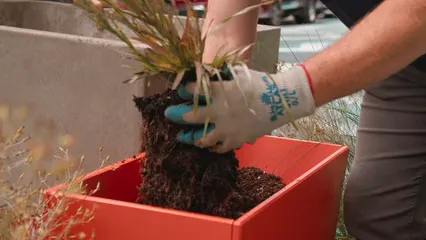
Group Plants with Similar Water and Light Needs
Grouping plants with similar needs is like arranging a family reunion! When you plant similar species together, watering becomes a breeze. For example, place drought-tolerant plants like lavender and sedum in sunny areas, while moisture-loving plants like astilbe can thrive in shaded, damp spots. This grouping reduces the stress of watering and ensures each plant receives the care it needs.
Use Mulch to Reduce Weeds and Conserve Moisture
Mulch is like a cozy blanket for your garden beds. It suppresses pesky weeds and helps retain moisture in the soil. Organic mulch, such as bark or straw, breaks down over time, enriching your soil. Apply a thick layer around your perennials to keep the weeds at bay, saving you time and effort in the long run. You can find some great options for Organic Mulch online!
Incorporate Native Plants for Better Adaptability and Lower Care
Native plants are the superheroes of low-maintenance gardening! They are already adapted to your local climate and soil conditions, requiring less water and care than non-native species. Plus, they support local wildlife, including pollinators. By incorporating native plants, you’ll create a thriving ecosystem while enjoying a garden that practically takes care of itself. Check out our guide on the best native plants for more insights!
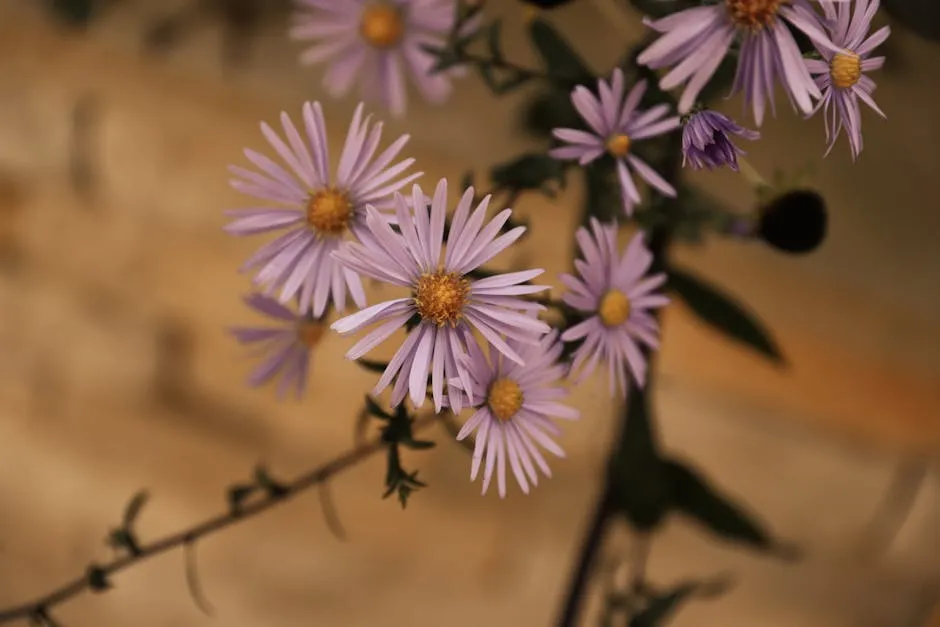
By following these tips, you can create a stunning low-maintenance perennial garden that brings joy without the fuss. Embrace the beauty of simplicity and let your garden flourish with minimal effort!
Conclusion
Low-maintenance perennials are a game-changer for busy gardeners. These resilient plants provide stunning blooms with minimal upkeep. Imagine stepping into your garden, greeted by vibrant colors and delightful scents, all without the constant worry of care. It’s a win-win!
Incorporating these perennials into your garden means you can enjoy beautiful landscapes while freeing up valuable time. So, why not embrace the ease of low-maintenance gardening? Share your favorite low-maintenance perennials in the comments below and inspire others to create their own effortless garden oasis! Happy gardening! And for those who want to maintain their garden tools, grab a good Gardening Tool Set!
FAQs
What are the best low-maintenance perennials for beginners?
Starting your gardening journey? Fear not! Here are some perennials perfect for beginners: Black-Eyed Susan (Rudbeckia): This sunny flower brightens any garden with its cheerful yellow blooms. They’re tough, drought-resistant, and grow easily in poor soils. Daylily (Hemerocallis): Available in countless colors, daylilies are adaptable and require little care. They bloom profusely throughout summer, bringing joy with minimal effort. Sedum (Stonecrop): These succulent beauties thrive in sunny spots and are drought-tolerant. They need little water and come in various shapes and sizes. Lavender (Lavandula): Known for its delightful fragrance, lavender is a hardy plant that attracts pollinators. It thrives in full sun and well-drained soil. Hosta (Hosta spp.): Perfect for shady areas, hostas provide lush foliage with minimal care. They’re available in many colors and sizes, adding variety to your garden.
How can I ensure my perennials thrive with minimal care?
Want your perennials to flourish without the fuss? Here are some quick tips: Water Wisely: Water deeply but infrequently. This encourages roots to grow strong and deep. Early mornings are best for watering, preventing evaporation. Soil Quality: Use well-drained soil enriched with organic matter. This helps retain moisture while promoting healthy root systems. Sunlight Matters: Match your plants to their light needs. Some love full sun, while others prefer shade. Knowing their preferences allows for less stress and better growth.
Can I grow low-maintenance perennials in containers?
Absolutely! Container gardening is perfect for low-maintenance perennials. Here’s how to do it right: Choose the Right Plants: Opt for drought-tolerant varieties like sedum, lavender, or daylilies. They thrive in pots with less fuss. Quality Potting Mix: Use a high-quality potting mix for good drainage and moisture retention. This boosts plant health and reduces the need for frequent watering. Group Plants by Needs: Plant together perennials with similar water and light needs. This simplifies care and ensures all plants thrive.
What should I do if my low-maintenance perennials start to decline?
If your perennials show signs of distress, don’t panic! Here’s what to do: Check Watering Practices: Over or under-watering is often the culprit. Adjust your schedule according to weather conditions. Inspect for Pests: Look for signs of pests or diseases. Treat with appropriate organic solutions to restore health. Soil Check: Test your soil for drainage and nutrient levels. Amend as needed to ensure optimal growing conditions.
How often should I divide my perennials?
Dividing perennials can boost their health and vigor. Here’s what you need to know: Timing: The best time to divide is in early spring or fall when plants are actively growing. This helps reduce shock. Benefits of Dividing: Dividing promotes healthier growth, prevents overcrowding, and can lead to more blooms. Plus, you can share with friends! Frequency: Generally, divide every 3-5 years, but monitor your plants’ health. If they look crowded or less vigorous, it might be time!
Please let us know what you think about our content by leaving a comment down below!
Thank you for reading till here 🙂
All images from Pexels
